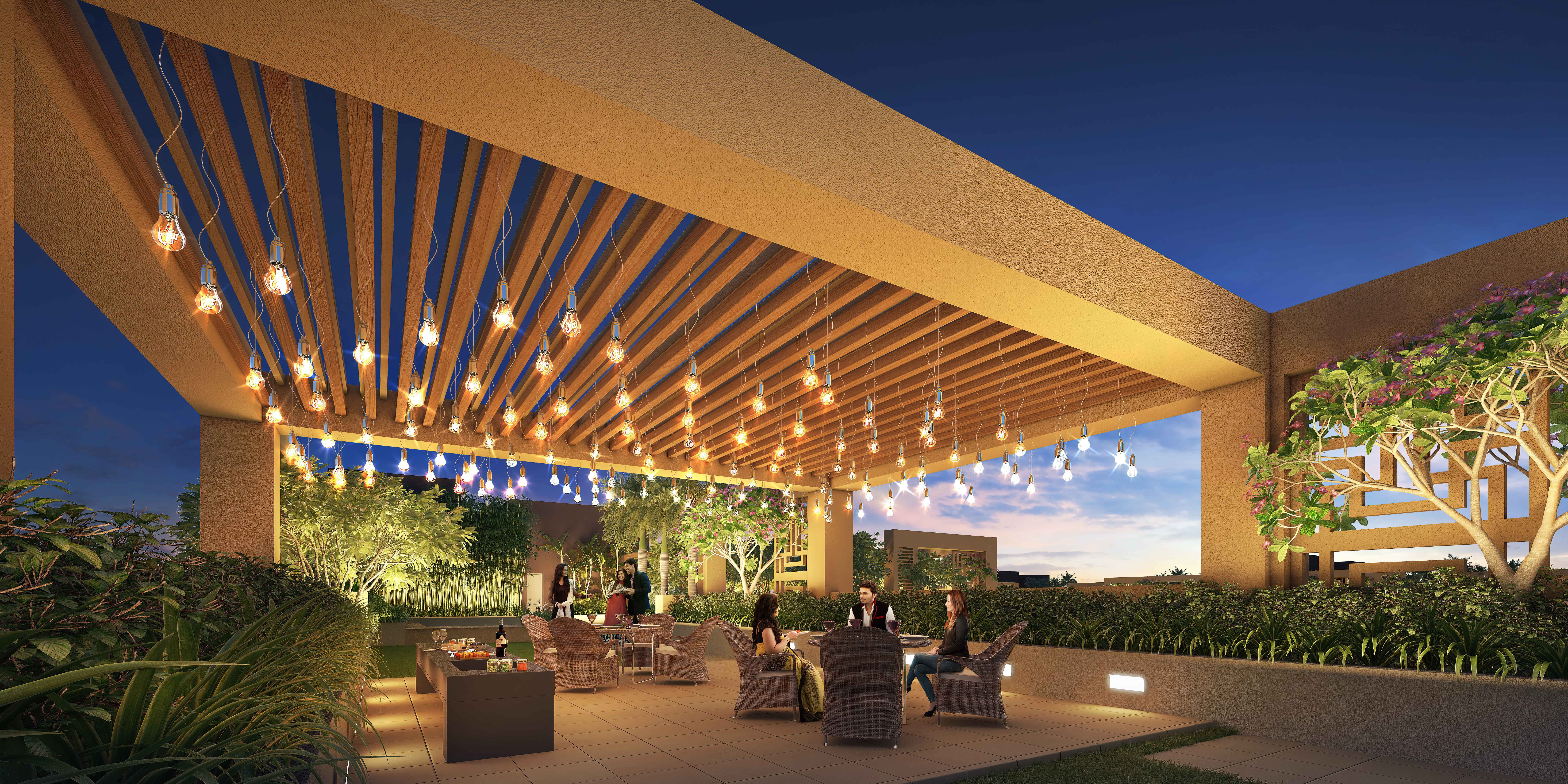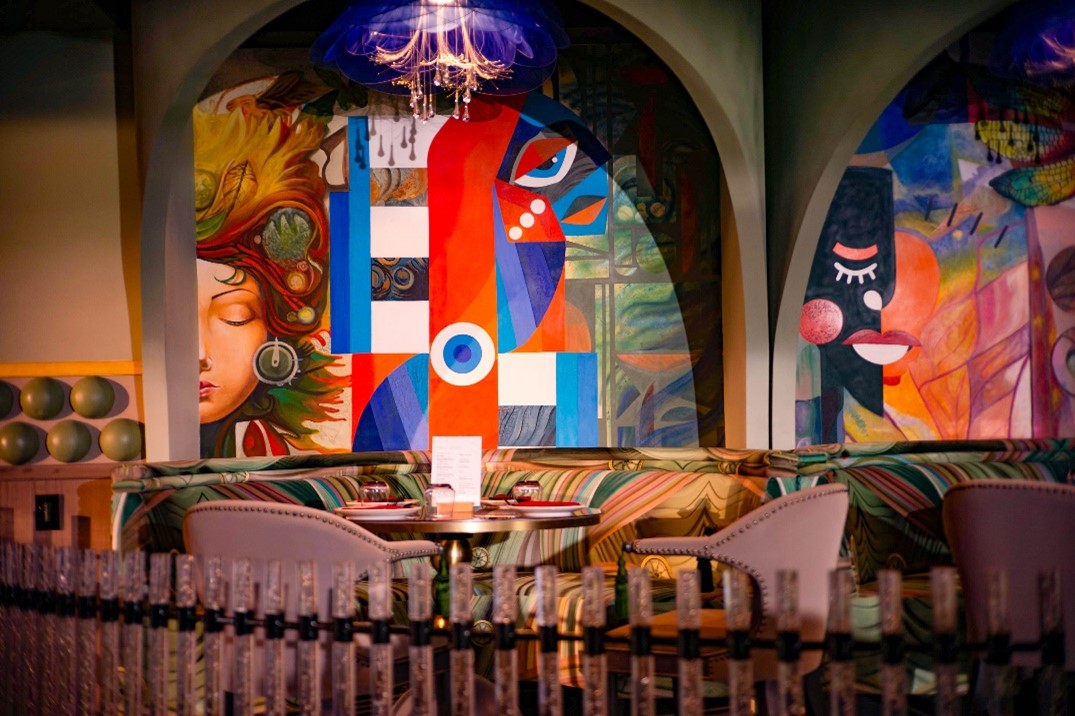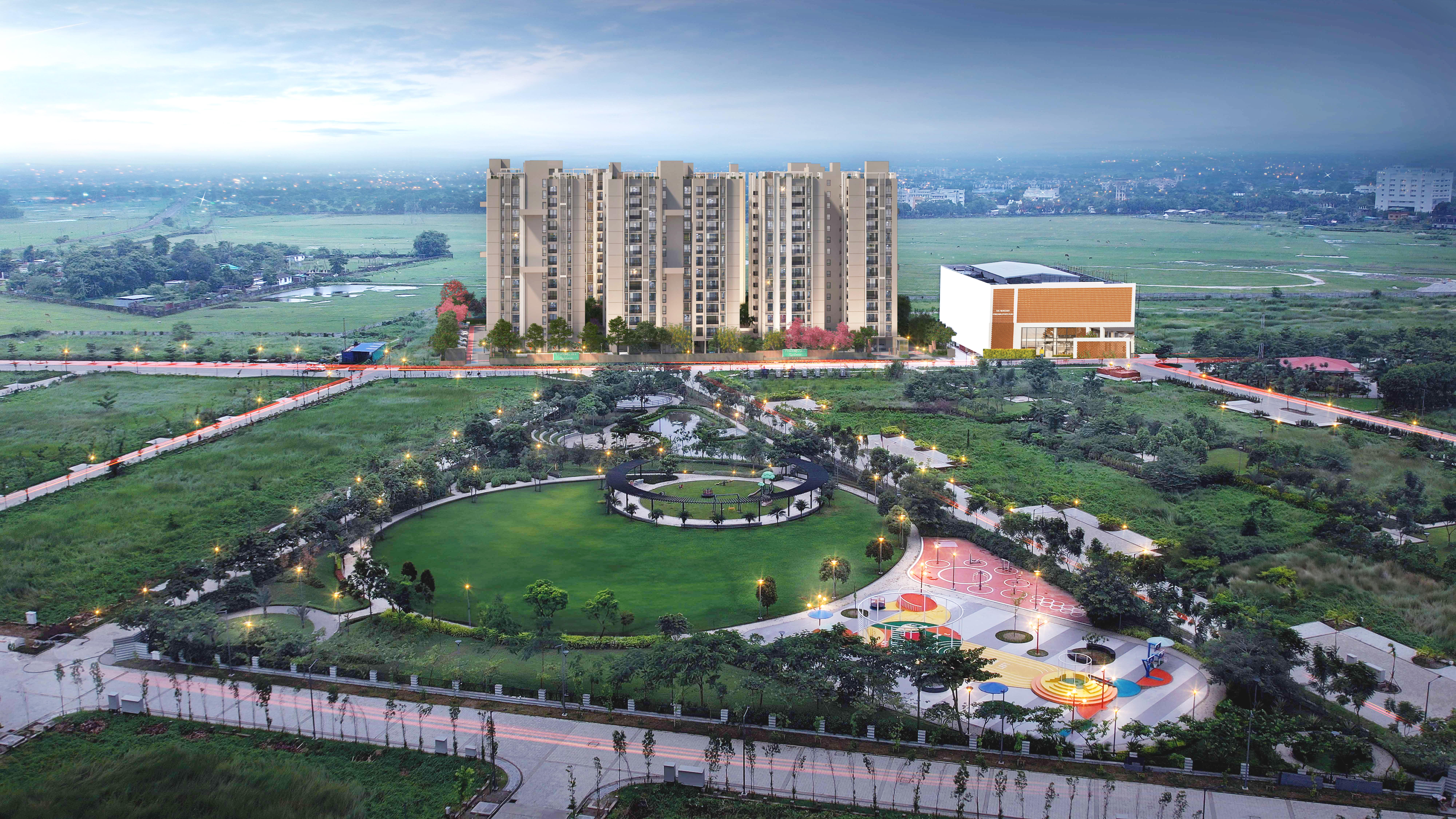
8 Ways Covid-19 is Likely to Impact Architecture
It’s not a crisis alone but how one responds to the crisis is what determines its impact. The Covid-19 pandemic has definitely hit the world hard. It’s the biggest global crisis of the era. And yet, such difficult times are witnessing some of the most innovative and thoughtful responses from across humanity. The architect community has also risen to the challenge, bringing in remarkable changes in the way we design, build and inhabit spaces.
While Emergency Architecture and Crisis Architecture can’t be avoided, in a world of ‘new normals’ certain changes have been mostly knee-jerk reactions and aren’t likely to sustain. Here are eight trends that we feel are likely to have a long-lasting impact on architecture — both residential and commercial — going forward:
Space is Star
The importance of space cannot be emphasized enough in a post-pandemic world. The generosity of space, the way we browse and navigate through space, the way we interact with space has seen a paradigm shift in 2020. And that’s getting reflected in current designs and will continue to do so in the works of the future.
From big and spacious rooms and balconies to wider and more open and less-obstructive public spaces, it’s imperative that any architectural conversation must begin with the question of amplifying space in all its functionality.
Also, the lockdown has boosted the need for private open spaces. Large balconies, podium landscape and mini parks or walkways outside homes are now a common fixture in realty designs.
Air is the New Gold
Oxygen. Deep-breathing. Pure air. The pandemic has reinforced the basic need for clean air to breathe like never before. And this is something that’s going to change how architects would approach residential designing.
Does the room have enough windows? Are they big enough? Do they open to an unblocked area facilitating optimum air circulation? These are just a few of the concerns that have taken centre stage in a consumer’s mind today. And architects are going all out to ensure sunny, airy, spacious homes for the post-pandemic populace.
The F-word
With most of us locked inside our homes, busy working or studying or attending webinars, flexibility is the need of the hour. How the same space could be adapted to different use by different members of the family has been a challenge that’s probably going to stay put. Architects are brainstorming big on the ways a home can unfold in multiple ways for its residents, to serve individual needs in a cohabited space.
Sustainability
While it’s an old concept but the readiness with which people would embrace sustainability will increase manifold because of the pandemic. Health being a priority and the virus and the disease sustaining itself for a long time in public memory, design infrastructure that supports healthy living is there to stay and thrive. In the pre-pandemic era, while sustainability and nature-friendly were a choice for a few, now it’s a must for all and sundry.
Work Outside Home
The world has temporarily shifted to work-from-home mode. But the future lies in smart workspaces adapted to the post-pandemic new realities. Celebrating the seven elements of air, water, light, health, nourishment, comfort and mind are going to be the key focus for architects of future workplaces.
Health at the Epicentre
Disease and architecture have always had a love-hate complex relationship. There was once a time when something like tuberculosis had sparked off architectural innovations leading to the creation of spaces that promote a sterile, clinical atmosphere to prevent the spread of germs. Covid-19 has also necessitated the use of sanitization procedures in both residential and commercial properties thus prompting architects to explore usage of materials and designs conducive to minimal touch and sharing of touchpoints.
Integration, not alienation
Physical distancing and not social distancing is what the pandemic demands. With isolation and quarantine becoming the words of the year, mental health issues have spiked thereby underlining the need for social stability across generations. And that is perhaps the biggest challenge for and consequence of architectural response to the pandemic. It is through new designs that one can aim for increasing interaction and integration between the young and the old.
An enabler
Last but not the least, the post-pandemic architectural practice will clearly involve inter-disciplinary collaborations. More than building homes or markets or just spaces tailor-made for certain specific functionalities, architecture has to and will redefine itself to act as an enabler of four primary things — to heal, to nurture, to sustain and to connect.
Corporate





